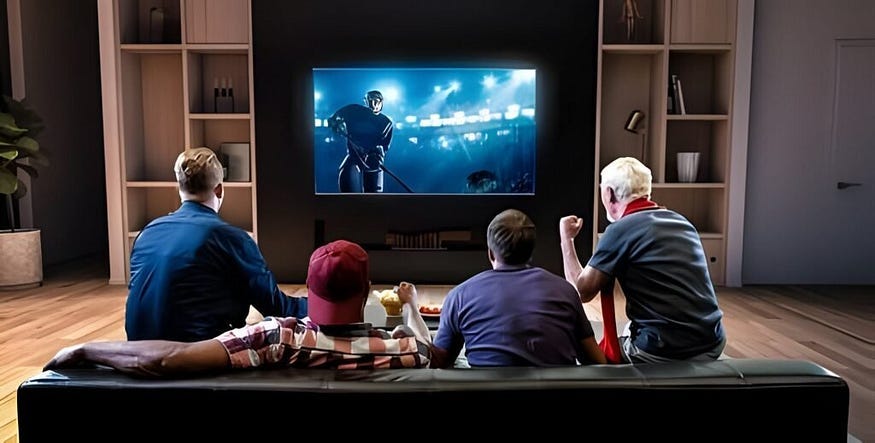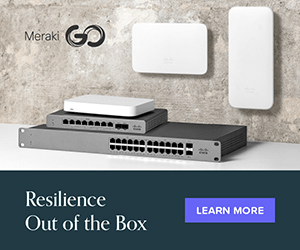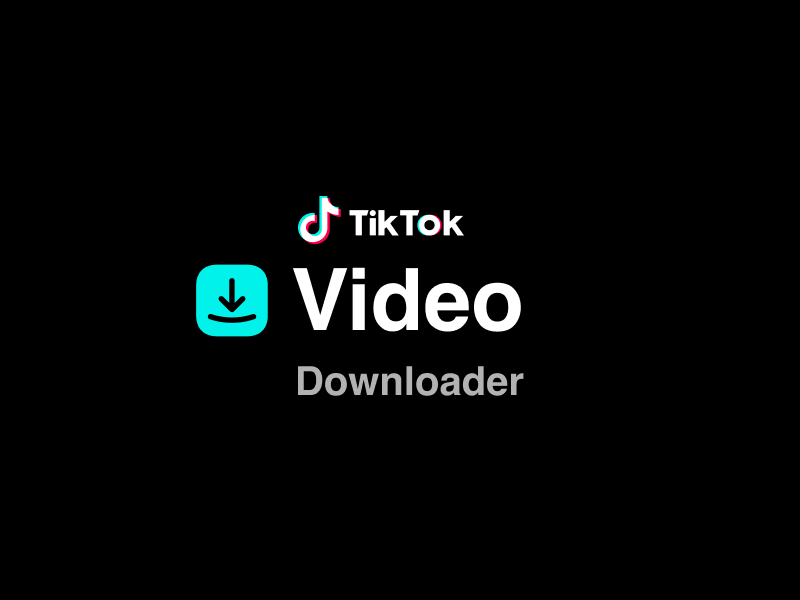IPTV and Traditional Cable – Why Streaming is the Future?
The battle between IPTV Internet Protocol Television and traditional cable TV has been heating up as consumers increasingly seek more flexible, cost-effective, and customizable entertainment options. IPTV delivers television content over the internet rather than through traditional terrestrial, satellite, or cable formats, offering a fundamentally different viewing experience. With IPTV, users have access to a wider variety of content, often at lower prices, and enjoy features like on-demand programming, personalized recommendations, and the ability to pause, rewind, or record live TV. This flexibility is a game changer for viewers who want to escape the rigid programming schedules of cable. Traditional cable, in contrast, operates through a linear, broadcast model that offers limited customization and often comes bundled with channels that viewers might not want but are forced to pay for. Moreover, the high costs of cable packages, equipment rental fees, and additional charges for services like DVR, which are often standard with IPTV, contribute to a growing dissatisfaction among consumers.

The future is leaning heavily in favor of IPTV due to its alignment with modern viewing habits. Today’s consumers, particularly younger generations, expect on-demand access to content on multiple devices whether on smart TVs, laptops, or mobile phones and IPTV easily meets that demand. Unlike cable, which typically requires physical infrastructure and hardware installation, IPTV can be accessed via any internet-connected device, making it far more convenient for users. As broadband internet speeds continue to improve globally, IPTV services will only become more appealing, delivering high-definition and 4K content without the need for a traditional set-top box. IPTV also allows for more niche content, including international channels, independent creators, and specialized genres that may not be available through traditional cable providers. Moreover, streaming services like Netflix, Hulu, and Amazon Prime, which are technically forms of IPTV, have already proven that internet-based television is more than capable of surpassing traditional cable in terms of content quality and user experience.
The customization and interactivity of IPTV allow users to create personalized viewing experiences, something that cable’s one-size-fits-all approach simply cannot compete with. As more telecom and media companies invest in IPTV infrastructure, we can expect to see even more innovation in the field, including enhanced user interfaces, artificial intelligence-driven recommendations, and more interactive features that make TV viewing more engaging and dynamic. In contrast, cable TV’s model of scheduled programming and bundled channel packages feels increasingly outdated in today’s fast-paced, digital-first world. In conclusion, while traditional cable is still holding onto a shrinking market share, the rise of iptv uk reflects a clear trend toward more consumer-friendly, flexible, and internet-driven entertainment. The convenience, customization, and lower costs of IPTV are driving its popularity, making it clear that streaming is not just a trend but the future of television. Cable TV, with its high costs and rigid structure, is becoming less attractive as viewers opt for the modern, user-centric experience IPTV provides.








